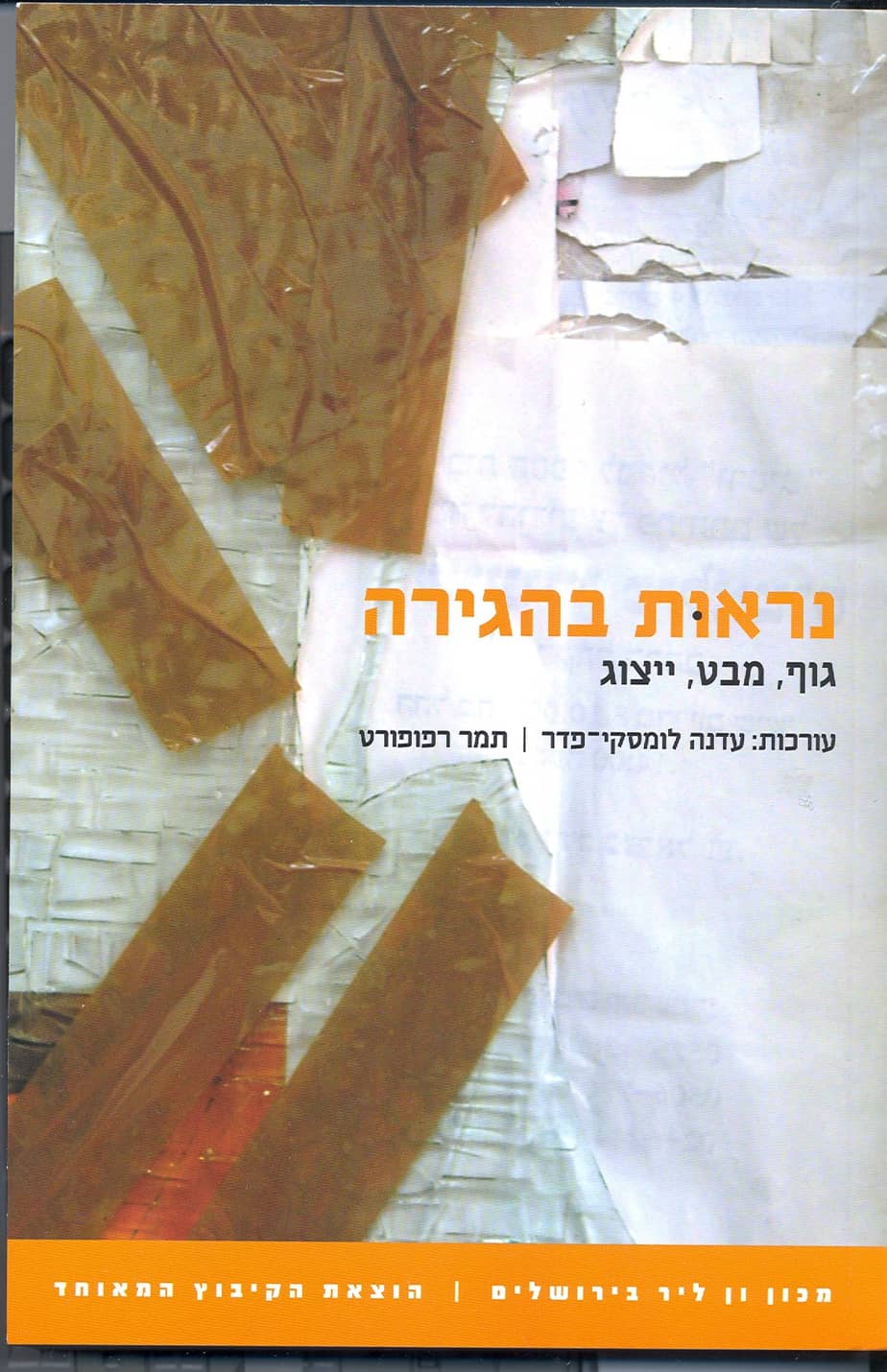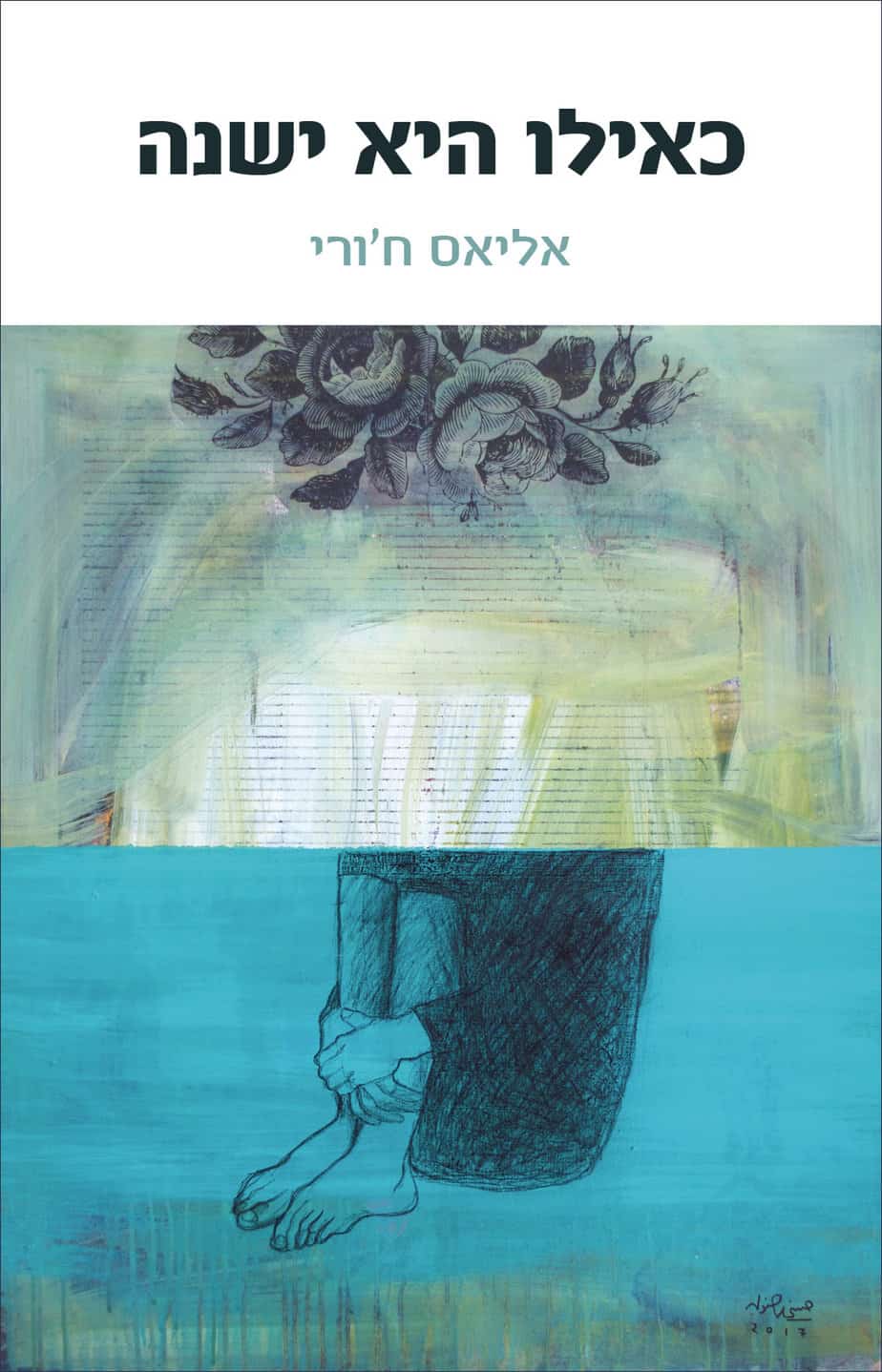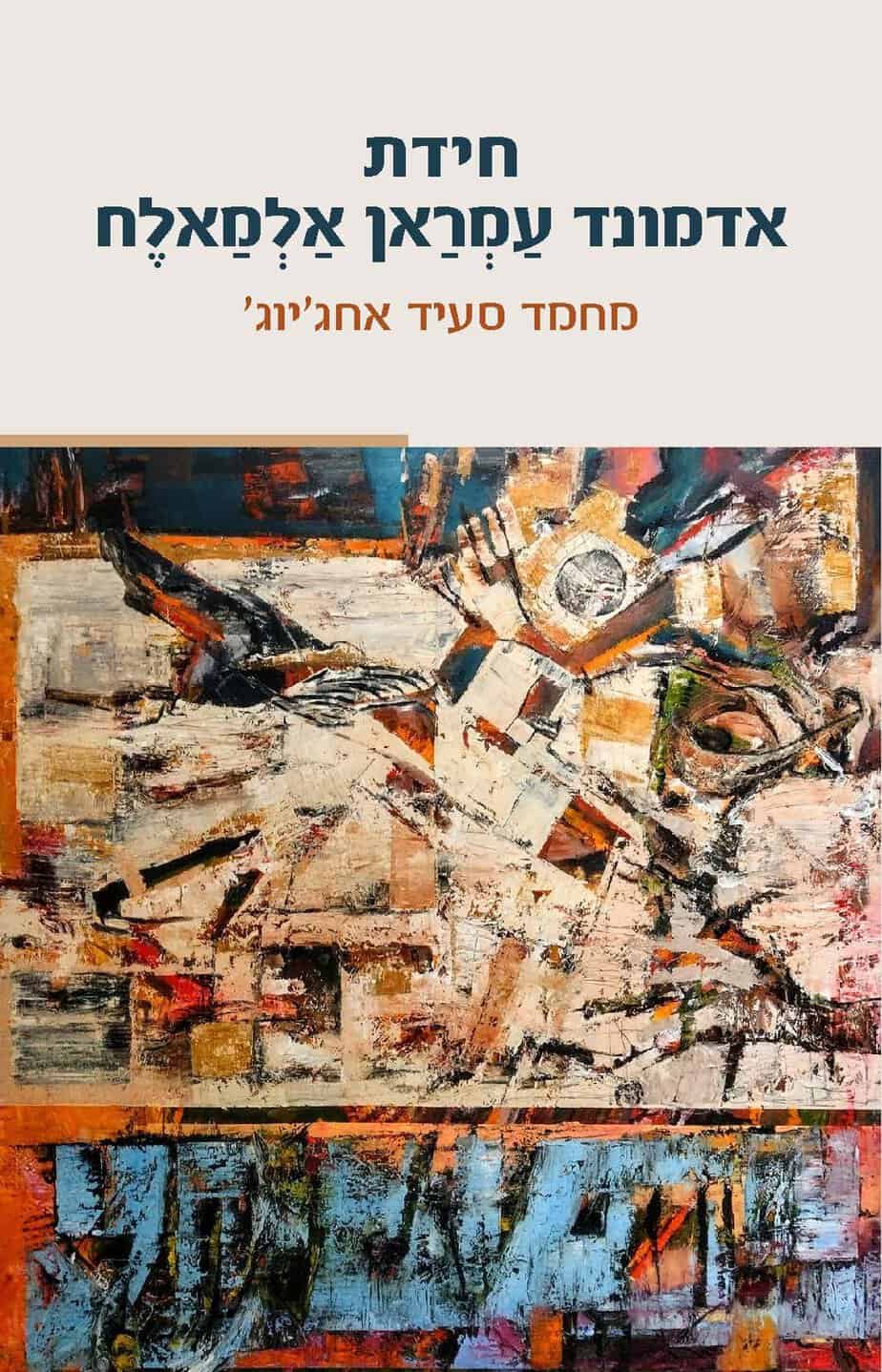Visibility in Immigration
Body, Gaze, Representation
| Edited by |
Edna Lomsky-Feder, Tamar Rapoport
|
| Publisher | Van Leer Institute Press and Hakibbutz Hameuchad |
| Language | Hebrew |
| Year of Publication | 2010 |
| Series | Theory in Context Series |
The visibility of migrants is linked to their being identified as foreigners and being classified as “others.” Migrants are always concerned about such questions as, Do they recognize me? By what signs? Can I hide or blend in? And is it perhaps worthwhile to flaunt my visibility and to emphasize my being different? The locals, too, are not indifferent to the visibility of migrants, and they are concerned with such questions as, Who is permitted to be seen in the public space, and who is not permitted? What is proper visibility, and how can it be monitored?
Visibility in Immigration: Body, Gaze, Representation offers a new conceptual framework for the study of migration in general and of ethno-national “homecoming” in particular. Visibility in migration occurs at the intersection of the body that is observed and the gaze of the observer; of the migrant and the mechanisms of inclusion and exclusion; and of the representer and the represented. The strength of this conceptualization is that it abolishes the dichotomy between the seer and the seen and demonstrates that the place in the stratified “social visual field” is flexible and maneuverable. At the same time, the conceptualization emphasizes the politico-ethical meaning of visibility that is related to recognition or lack of recognition of the existence of the other and the responsibility or lack of moral responsibility for the other.
The book, by researchers from diverse disciplines, includes a broad variety of papers dealing with Israeli society, seen through the conceptual lens of “visibility in migration.” The papers discuss the gaze of the state, the “body of the migrant,” the “agents of visibility,” the practices of visibility and invisibility that the migrants use, and the struggle for visibility through cultural and political representations in the process of taking their place in the new society. These issues are examined through the study of different groups of migrants in Israeli society: Russians, Caucasians, Ethiopians, and labor migrants.




